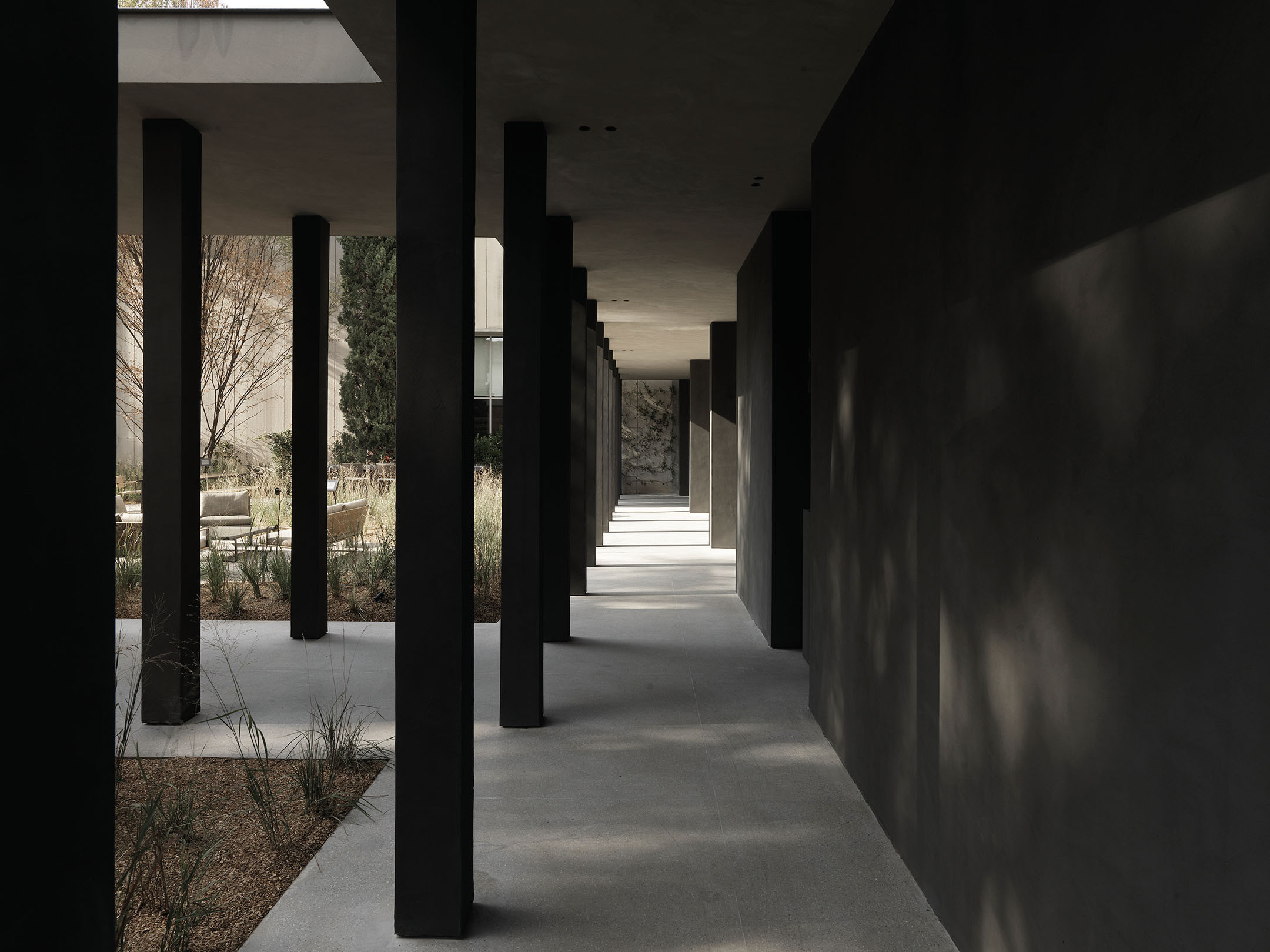Molteni has been making furniture in Giussano, a small town just outside Milan, since 1934. In that time, it has grown from a workshop into a factory and then transformed itself into a group of companies with a presence in both the domestic furniture field and the office market. Molteni itself is associated with domestic furniture. It has Unifor as its subsidiary specialising in the world of work, while Dada is its kitchen brand.
The evolving history of a family run business is clearly visible in the architectural traces left on its complex of buildings in an unassuming suburb of Giussano. They are the outcome of a continuing programme of work and investment in production by a series of distinguished architects and designers. Over the years the Molteni family has worked with Afra and Tobia Scarpa, Luca Meda and Aldo Rossi. Angelo Mangiarotti designed the Unifor factory. The Scarpas also designed the family home. Molteni commissioned Norman Foster and Jean Nouvel to design furniture. Rossi worked not only on the firm’s products but was also responsible for the design of the family tomb in Giussano’s monumental cemetery. More recently it has started manufacturing designs by Gio Ponti from the 1950s and 1960s.
For a design conscious furniture company, the architecture of its buildings is both a reflection of its identity, and an important step in creating a setting in which to make the most of its products. What is notable about the Molteni complex is the way the company has worked to retain the memory of each stage of its past, while continuing to add to its heritage by working with new generations of designers to reinvent its traditions. Part of the Guissano complex designed by Meda, with elements by his friend and collaborator Rossi, was originally built as a timber store that was used to air dry wood before it was used on the production line. Rossi turned it into a showroom for Molteni products, one floor of which was later used as a corporate museum. Vincent Van Duysen, who has been Molteni’s creative director since 2016, taking the role once played by Meda, remodelled it some years ago. Van Duysen, who trained as an architect in his native Belgium, and is now based in Antwerp, has developed a distinctive approach that combines simplicity and rigour with tactile warmth.
Van Duysen has inserted a sophisticated sequence of new indoor and outdoor spaces that form a new route into the Molteni complex, contrasting open air courtyards landscaped by Marco Bay with a glass walled pavilion and other interior spaces. The consistency of paired square columns running throughout van Duysen’s insertion forms a coherent connection between the variety of architectural languages on the site.
The pavilion itself – which is designed to offer visitors a chance to sample Molteni’s hospitality, as well as to see the qualities of its products – is fitted out as an oak lined restaurant looking over the garden courtyard beyond. It’s an arrangement that consciously sets out to highlight the company’s new-found focus on outdoor furniture, which in itself is a response to the lessons that so many furniture manufacturers learned from the experience of the pandemic lockdown, and its impact on the home.
